The Complete Guide on Test Probes
How to Choose the Best Test Probe
Electrical test probes are used to create a temporary connection between an electrical circuit under test and a measuring instrument, often a digital Multimeter. There are several types of test probes and this short article identifies the different types of test probes, as well as offering guidance on what test probe connector suits your specific application.
2 - Test Probe Safety and CAT Ratings?
3 - How to Choose your Test Probe
4 - How to Choose your Fused Test Probes
5 - Understand new Test Probe IEC Standards
1 - What Are Test Probes?
Test probes are a useful tool box accessory for any electrical testing or measurement purposes. Test probes can enable the operator to measure; voltage, current, resistances, temperatures and signals. There are many types of probes designed for specific measurement tests and situations, popular types of test probes include;
- Point/Needle/Lantern Tip Point Probes – Commonly seen as the standard test probe. The needle point tip enables the operator to precisely locate the correct location for testing. Some needle point test probes can pierce cable insulation for testing without causing damage. Connections can also be made through banana connectors for a swift and secure connection (known as back-pinning – read full article for more information.)
- Hook/Pincer Style Probes – Test probes with hooks, pincers or grabber style connectors. These probes create a hands-free temporary connection to the component or wire under test with ease. Frequently used in automotive diagnostics and other electrical sectors where the connection point is inaccessible or hand-free connection is essential
- Fused Test Probes – Feature a built-in fuse within the test probe that provides an additional layer of protection to the individual connecting to a circuit and undertaking an electrical measurement. Fused test probes are used in many high-voltage applications. For more information > Why use Fused Test Probes or Leads?
2 - Test Probe Safety and CAT Rating
Choosing the ‘best’ probe is about matching your requirements with the test probe specification. It’s similar to buying a car, buying a two-seater convertible isn’t appropriate if you’re a tradesman that needs a van to travel tools and materials.
Assessing the electrical circuits and intended application is a good place to start before buying test probes. The CAT rating concept is linked to the distance you are from the source of the supply. The closer to the source, the higher the CAT Rating you need to perform any electrical testing. Using Fluke’s guide on CAT Ratings is a useful point of reference;
| Measurement Category | Description | Examples |
| CAT IV |
Three-phase at utility connection, any outdoor conductors Limited only by the utility transformer feeding the circuit ››50 kA short circuit current |
|
| CAT III |
Three-phase distribution, including single-phase commercial lighting ‹50 kA short circuit current |
|
| CAT II |
Single-phase receptacle connected loads. ‹10 kA short circuit current. |
|
3 - How to Choose Your Unfused Test Probe?
Once you've identified and assessed the CAT Rating required for your application you can narrow your test probe search. Remember the length of the test probe tip (exposed metal) typically signifies the CAT Rating. The shorter the tip the less likely of an accidental arc (CAT II – 19mm Test Probe Tip - CAT III and IV – 4mm Test Probe Tip).
CAT II 1000V
Test probes suitable for; appliances, portable tools, and other household items;
CAT III 1000V / CAT IV 600V
Test probes suitable for; three-phase distribution, including single-phase commercial lighting
CAT IV 1000V
Test probes suitable for three-phase at utility connection and any outdoor conductors
4 - How to Choose your Fused Test Probe
Fused Test Probes protect the operator from harm. Electrical Test Instruments like digital multimeters are protected internally by high intensity fuses and clearance distances appropriate to the installation category and voltage ratings of an instrument. The fused test probes are sold with a specific fuse installed. The test probes are printed with the voltage and current related to the specifications of the chosen fuse and according to EN / IEC 61010-031:2015. The current value is the fuse rated current. The voltage value is the voltage of the probe plus fuse combination.
CAT II 1000V - Fused Test Probes
Test probes suitable for; appliances, portable tools, and other household items. There are many fuses available with different voltage and Amp ratings. Ensuring your fuse ratings are suitable for your circuit or appliance is essential before connecting and running measurement tests.
CAT III 1000V / CAT IV 600V
Test probes suitable for; three-phase distribution, including single-phase commercial lighting
5 - Test Probes Updated IEC Standards
Whether you’re using an oscilloscope or a Multimeter, having the correct probe is important not only for measuring, but for the safety of the test.
The latest standards BS EN 61010-031:2015 came into force July 2018. It specifies safety requirements for hand-held and hand-manipulated probe assemblies and their related accessories. The amended safety standard was enforced to offer test probe operators improved safety when electrical testing.
- The EN 61010-031:2015 standard requires coherence between the safety from the fuse and the safety from the fuse-folder probe.
- The EN / IEC 61010-031:2015 requires manufacturer shows the safety specifications without any misunderstanding



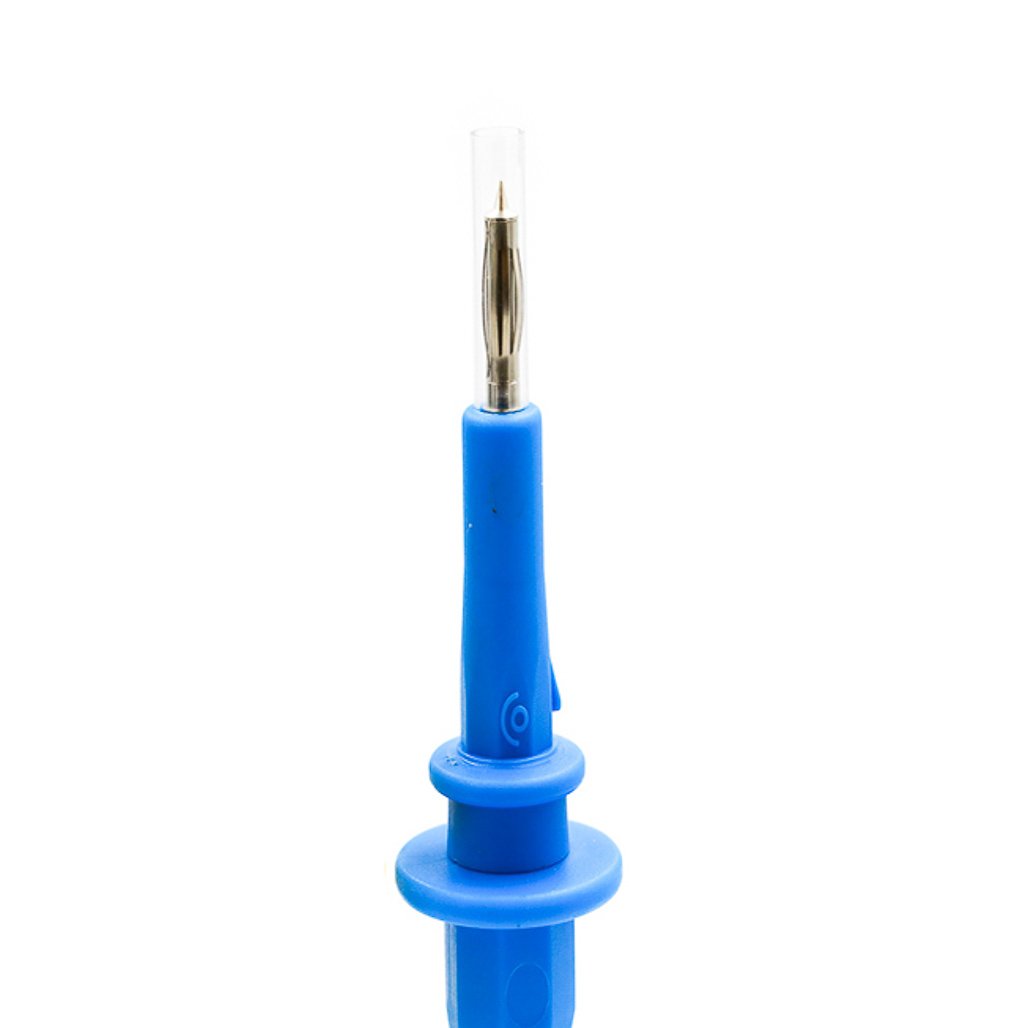 Lantern Tip Probes
Lantern Tip Probes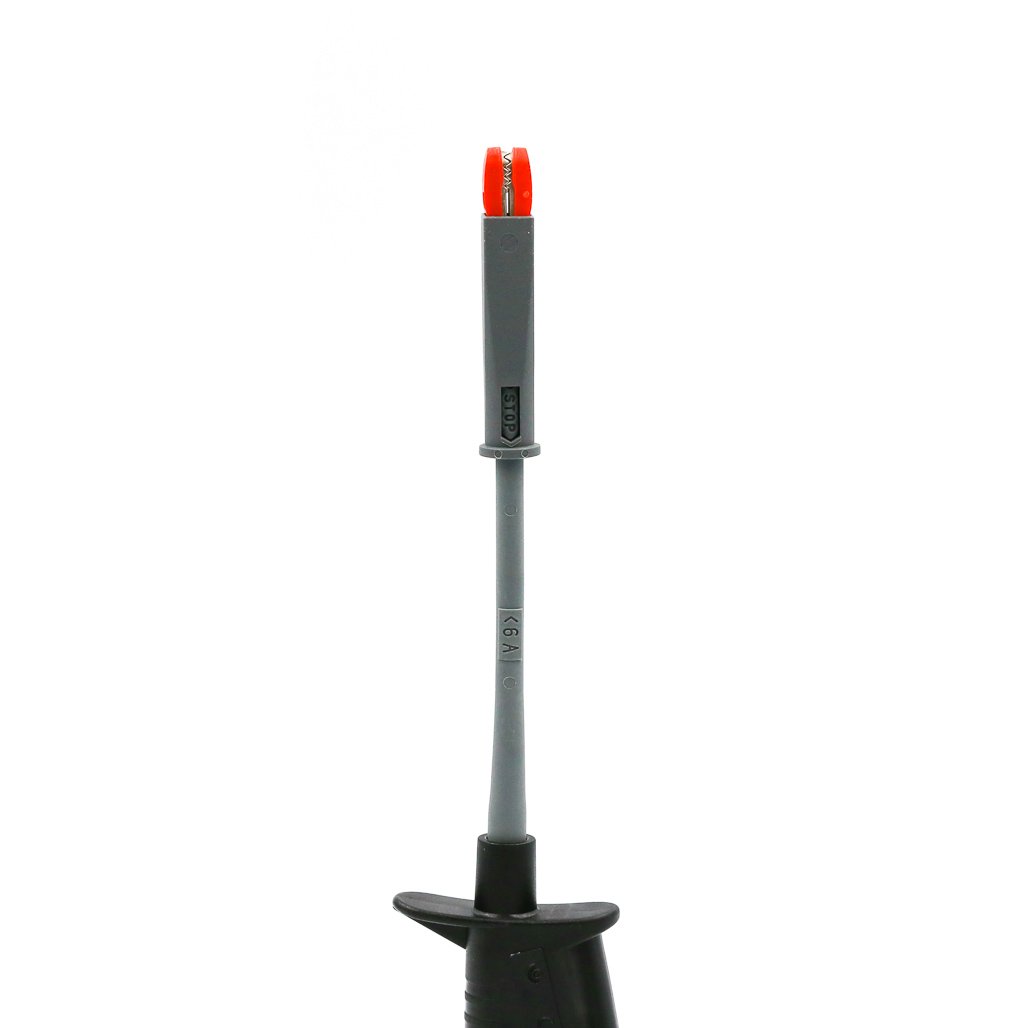
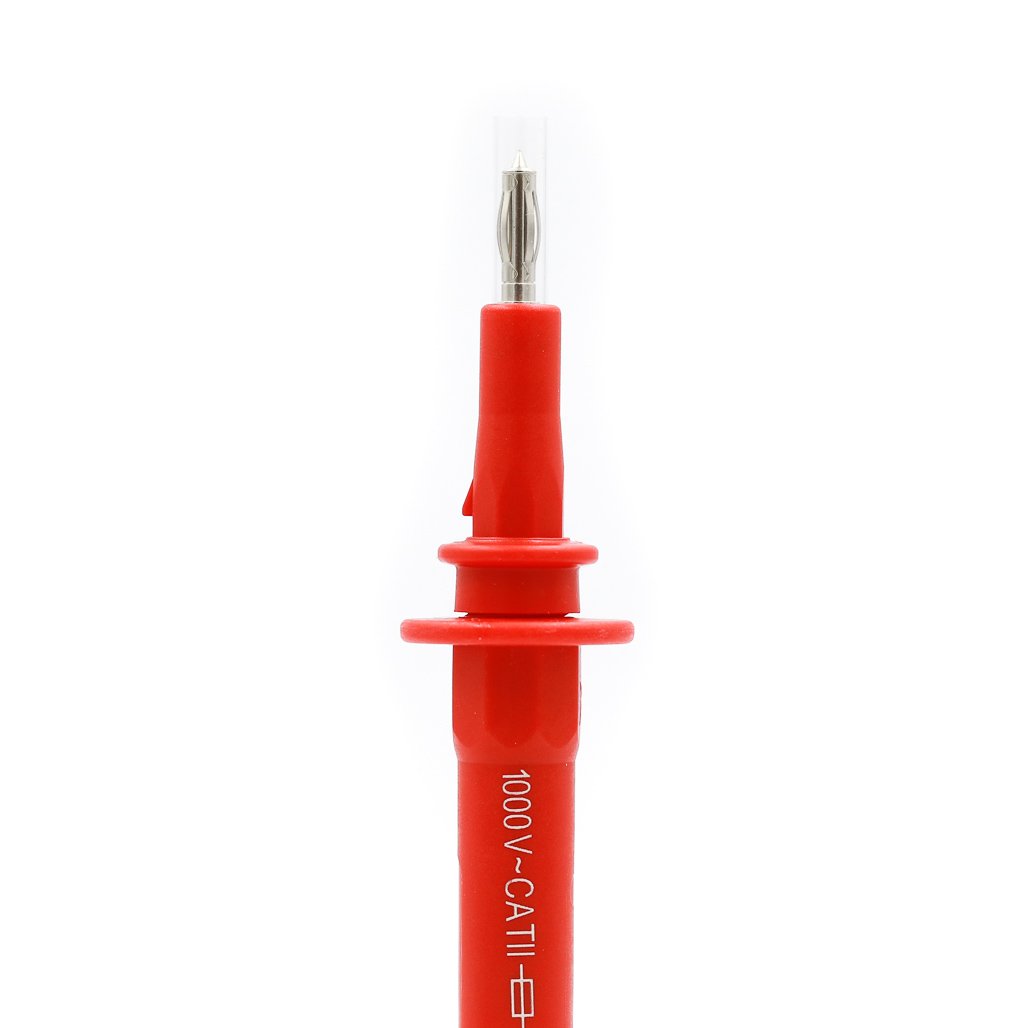
 PJP 590-IEC
PJP 590-IEC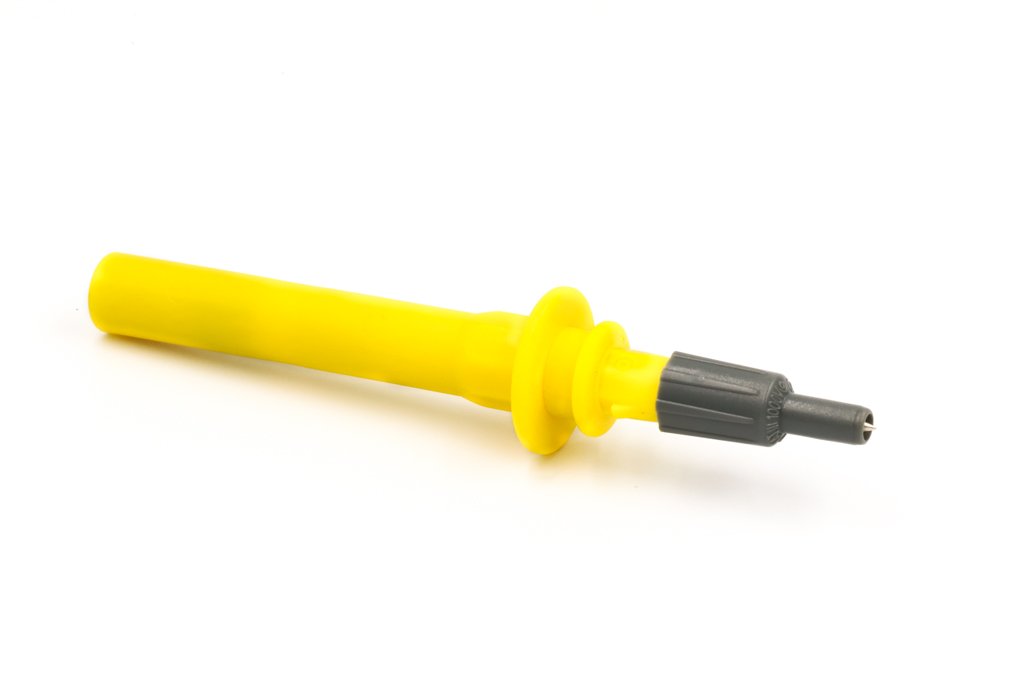 PJP 490-IEC
PJP 490-IEC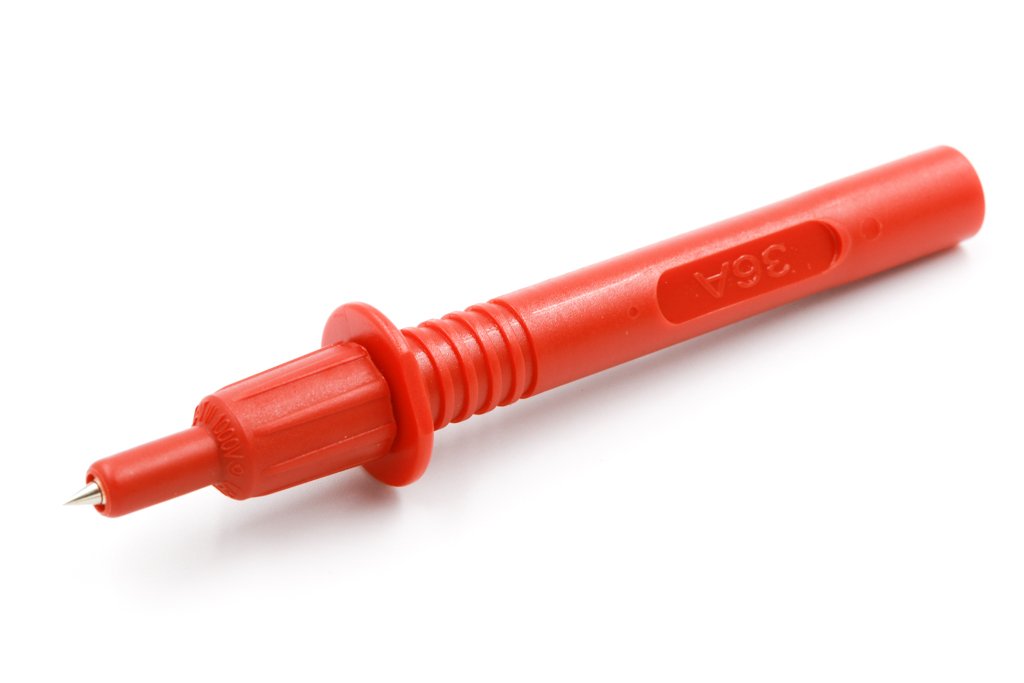 PJP 404-IEC
PJP 404-IEC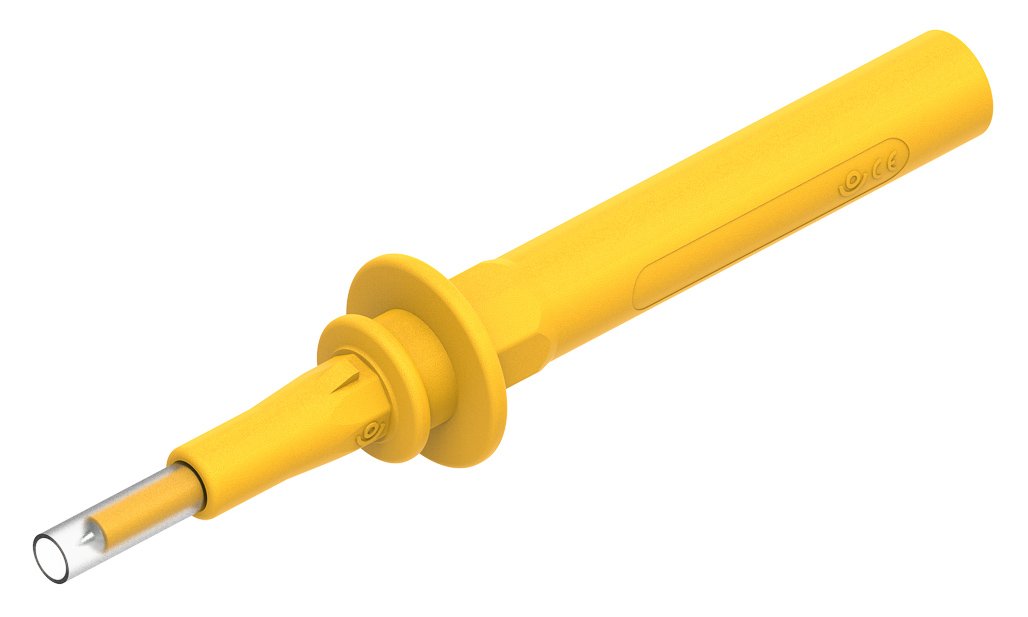 PJP 370-IEC
PJP 370-IEC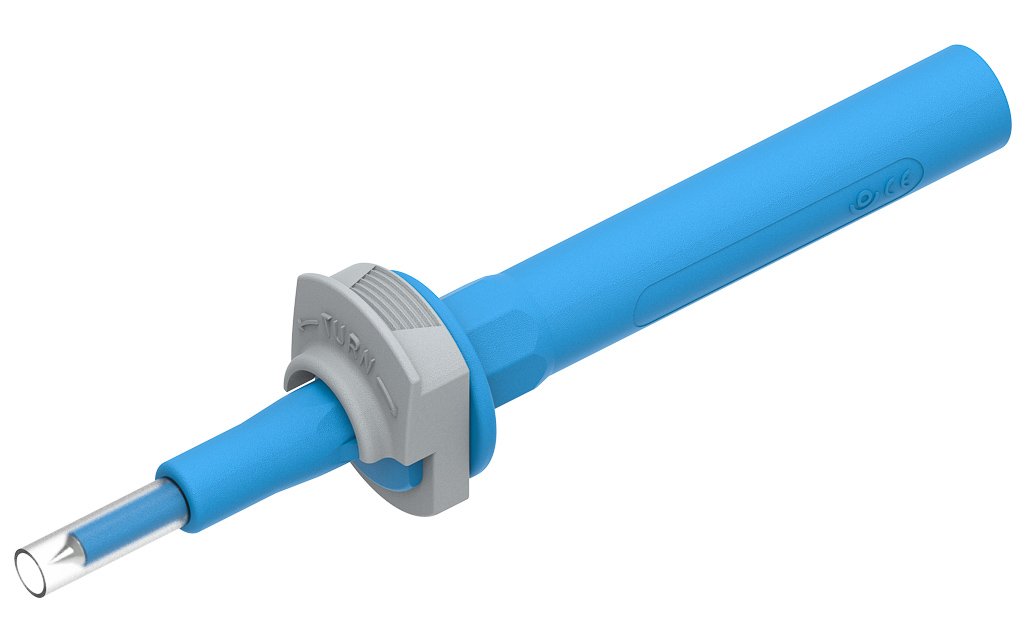 PJP 380-IEC
PJP 380-IEC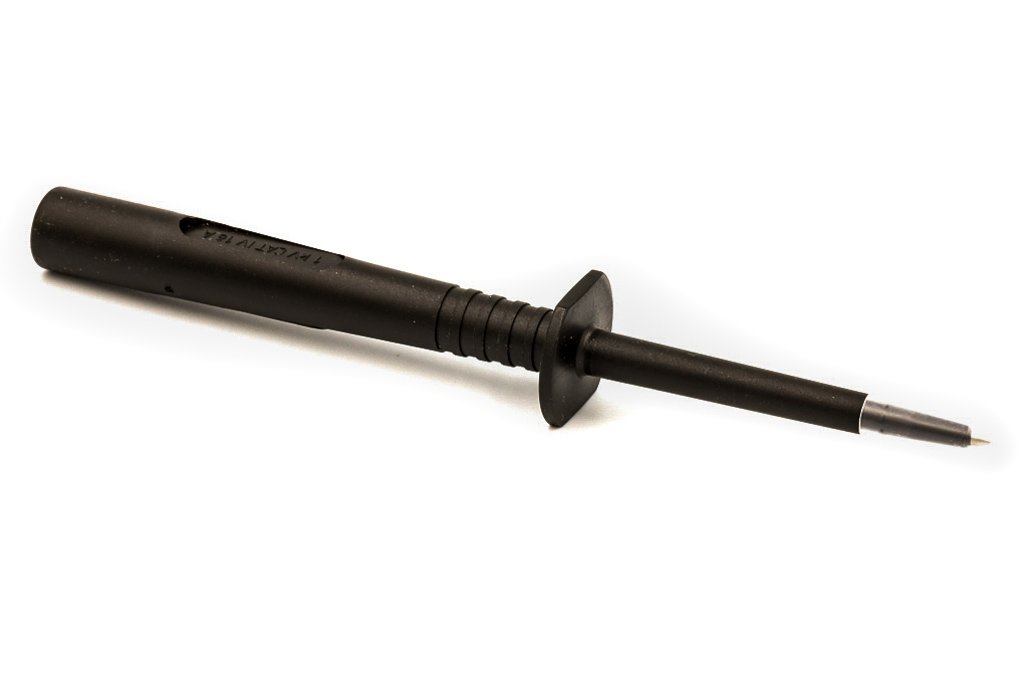 PJP 402-IECIV
PJP 402-IECIV

